You are here
History of Almaty Nature Reserve.
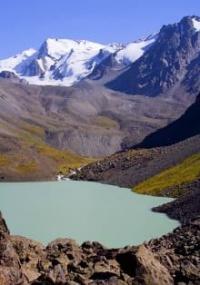
Weekend walk to Amatinsky Nature Reserve.
“Suddenly a light whistle
I heard it; behind him, clearly and clearly,
The familiar wheeze sounded to the shooter three times,
And the woodcock held out..."
Alexey Konstantinovich Tolstoy.
Educational journey through Kazakhstan.
Issue of restoring Almaty Nature Reserve was raised by a group of scientists and public figures in Kazakhstan, and in January 1960 reserve was restored. Reserve is located in central part of Trans-Ili Alatau on an area of 73,325 hectares, 25 kilometers east of capital of Kazakhstan Almaty, in Talgar district of Almaty region.
The reserve has the status of a legal entity in the form of a state institution. The authorized body of the reserve is the Committee of Forestry and Hunting of the Ministry of Agriculture of the Republic of Kazakhstan. The Almaty Nature Reserve has a complex and difficult history. It was established on May 15, 1931 as the Maloalmatinsky Nature Reserve with an area of 15,000 hectares.
By decree of the All-Russian Central Executive Committee and the Council of People's Commissars on February 10, 1935, its area was initially increased to 40,000 hectares. In the same year, the resolution of the Presidium of the Central Executive Committee and the Council of People's Commissars of the KazSSR dated December 10 added the Zhalanash and Sogetinsk valleys to the reserve, and the area of the reserve became 856,680 hectares.
After that, it began to be called Alma-Ata and, in addition to the territory of the Malaya Almaatinka basin, included the Zhalanash and Sogetinsk valleys with adjacent mountains. By 1941, the area of the reserve reached almost one million hectares, and it was then considered the largest reserve in the Soviet Union.
However, back in 1939, the transfer of certain sections of the territory to various organizations began: to the Alma-Ata City Council 10,000 hectares in the Maloalmatinsky Gorge for the placement of sanatoriums and holiday homes; People's Commissariat for Forestry – 69,000 hectares; Tauchilik forest dacha, etc.
By the end of 1948, the territory of the reserve was only 298,600 hectares. In 1951, the reserve was completely liquidated. Only on July 31, 1961, by Resolution of the Council of Ministers of the Kazakh SSR No. 524, the reserve was restored, but on a different territory - the Chilik, Tabankaragai and Tauchilik forest dachas.
Three years later, in 1964, it was transferred to modern territory - to the basin of the Issyk and Talgar rivers (Dzhanyspayev, 2006). Not without reason, many researchers and nature conservationists consider 1964 to be the year the Almaty Nature Reserve was founded.
From 1966 to 1983, the reserve included the Kalkany tract (semi-desert zone) with an area of 17,800 hectares with a unique natural monument “Singing Dune”. The tract is located 160 kilometers from the central estate. In 1983, this tract was transferred to the Kapchagay hunting farm for culinary purposes.
In 1966, the desert area “Singing Mountain” was annexed to the reserve, but in January 1983 this natural monument was transferred to the management of the Kapchagay hunting estate. Now it is located on the territory of the Altyn-Emel National Natural Park.
The main goal of creating the reserve is “Preservation of natural complexes of the central part of the Trans-Ili Alatau, including objects of flora and fauna, as well as the study of the patterns of natural development of these complexes on its territory.”

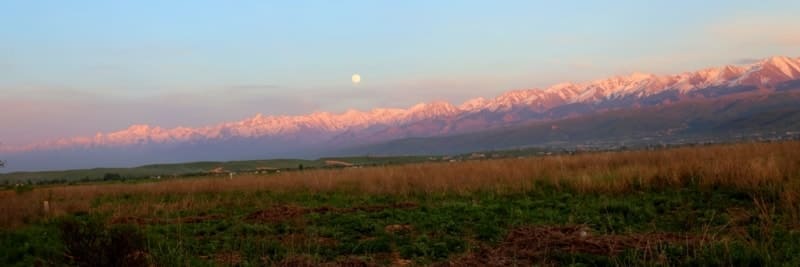
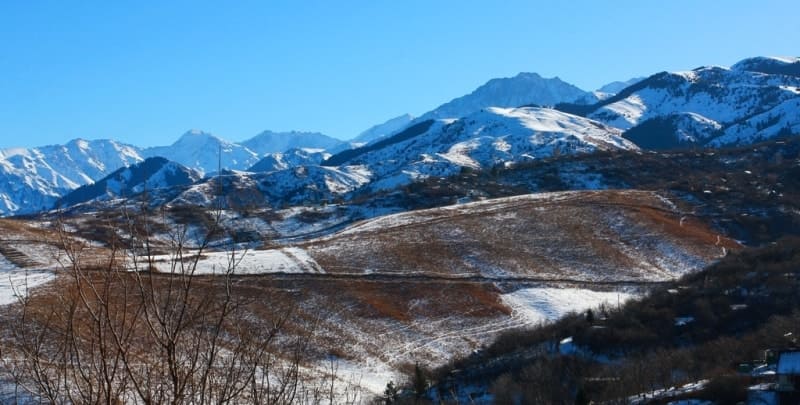
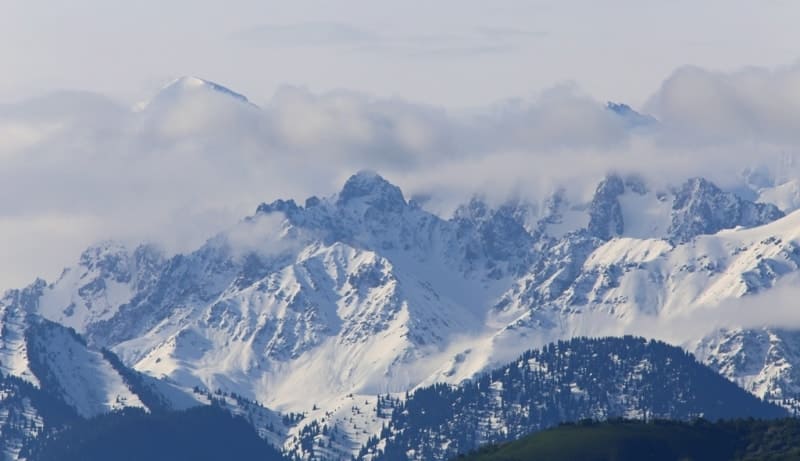
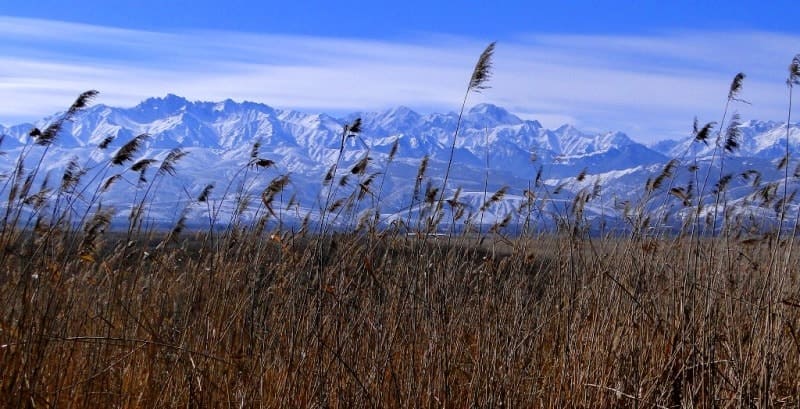
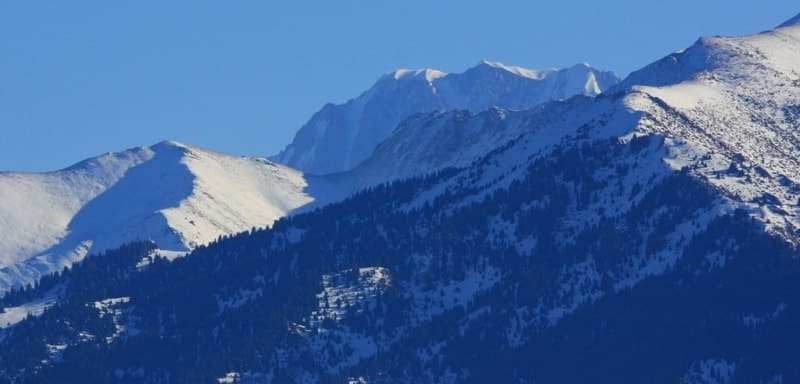
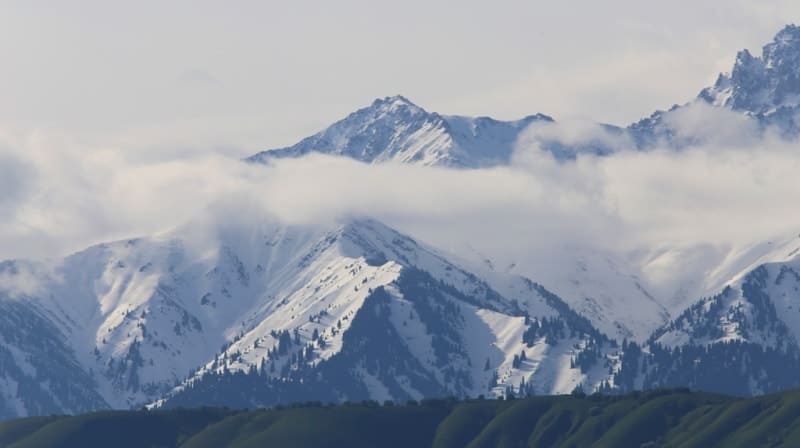
Authority:
Ishkov E. "Reserves of Central Asia and Kazakhstan." Almaty, Kazakhstan, 2006. Under the general editorship of Roman Yashchenko. International Union for Conservation of Nature IUCN - The World Conservation Union.
Physiographical features (according to Kerteshev, Vagapov, Yashchenko, 2001).
Photos by:
Alexander Petrov and Sergei Mikhalkov.







